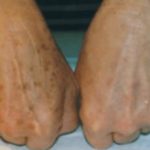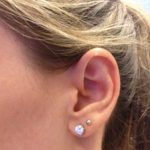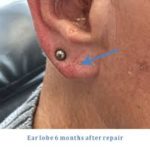Age Spots and what to do about them
Age spots, often known as liver spots, are an all too visible reminder of the passing of time. They appear in people over 40 although younger people can be affected as well. If you have noticed several flat brown or black spots on your face, hands, arms and shoulders then these are likely to be age spots.

Age Spots can be removed using Plasma Soft surgery
Causes of age spots
The ageing process is the main reason hence the name. But they also occur from years of exposure to direct sunlight, often as a result of sunbathing or heavy use of sunbeds. Constant exposure to ultraviolet (UV) rays changes the colour of skin, turning it to a light or dark brown colour.
This is fine when you are young but as you get older your skin is less effective at regeneration as a result of sun exposure which leads to the formation of age spots. Plus your skin is thinner and more fragile as you age which increases this risk.
Genetics also plays a part. If your parents or a close family member has age spots then you will have inherited this condition.
Apart from genetic factors; if you have fair skin or are a keen sun worshipper then you are more likely to develop this condition. But statistically, anyone can get age spots.
Age spots do not determine your age: what they are is the consequences of years of exposure to the sun, i.e. tanning. So think carefully the next time you decide to bag some rays whilst on holiday.
Symptoms of age spots
These spots are flat, oval shaped objects which are brown, black or even grey in colour. They vary in size and develop in areas which are most exposed to the sun, e.g. hands. They develop on the arms, shoulders, back, chest and neck as single spots or in groups. They are diagnosed during a dermatology consultation using an instrument called a dermatoscope. There are other skin conditions which display symptoms that are very similar to age spots. These include seborrheic keratosis (benign skin growths) and moles. But an examination will rule these out.
Treatment for age spots
These are often an inevitable part of growing older but if you find these unsightly to live with then there are remedies for dealing with these spots. One of the most revolutionary ways of removing these spots is by a dermatology procedure called Plasma Soft Surgery.
Can you prevent age spots?
If there is a genetic tendency then no but many cases are caused by prolonged exposure to the sun. So reduce your exposure and use a suncream with a high sun protection factor (SPF). Wear a hat and loose, long sleeved tops and trousers to protect your skin from the sun.
Think pale and interesting rather than bronzed and beautiful.








